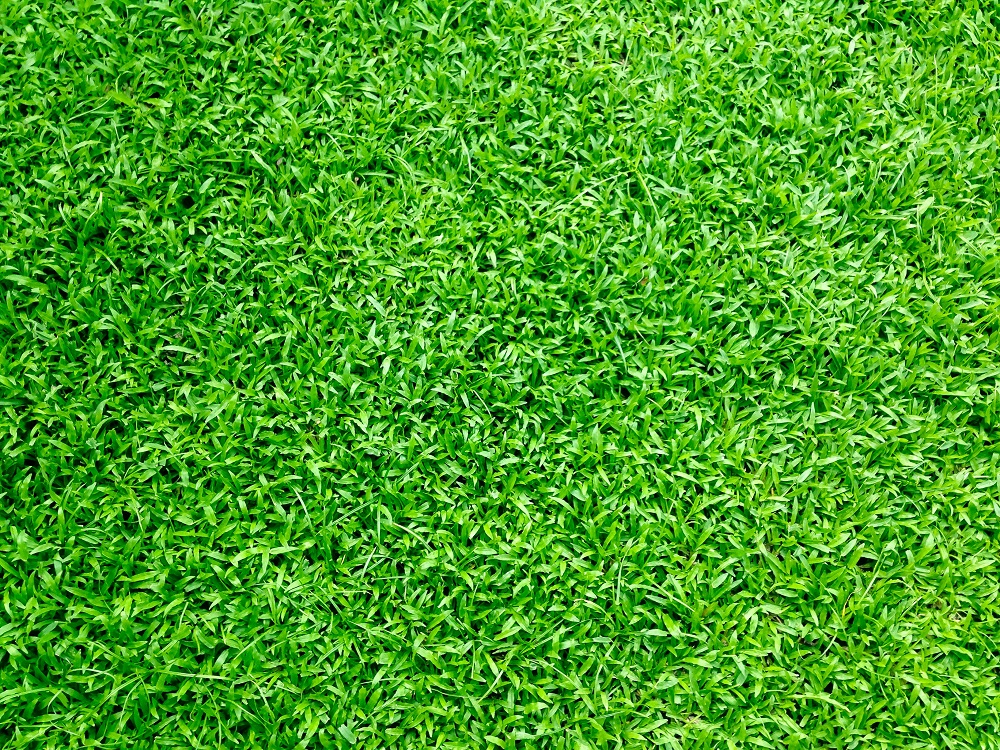Weed Control Strategies for a Weed-Free Lawn

Maintaining a weed-free lawn is a common goal for homeowners who want to enjoy a lush and healthy outdoor space. Weeds not only detract from the aesthetic appeal of your lawn but also compete with desirable grass for nutrients, water, and sunlight. Effectively controlling weeds requires a combination of preventive measures, cultural practices, and targeted treatments. In this article, we will explore a range of strategies to help you achieve a weed-free lawn, from understanding weed types and life cycles to implementing proper lawn care practices and utilizing various weed control methods.
1. Understanding Weed Types and Life Cycles
To effectively control weeds, it’s essential to understand the types of weeds that commonly invade lawns and their life cycles. Broadleaf weeds, such as dandelions and clover, have distinct characteristics that differentiate them from grasses. Understanding their growth habits, seed production, and spread methods will guide you in implementing appropriate control strategies. Additionally, familiarize yourself with grassy weeds, like crabgrass and Bermuda grass, which can quickly overrun a lawn if not properly managed. By understanding the specific characteristics and life cycles of weeds, you can tailor your control methods accordingly.
2. Proper Lawn Care Practices
Maintaining a healthy lawn is one of the best defenses against weed invasion. Implementing proper lawn care practices promotes dense grass growth, leaving less space for weeds to establish. Regular mowing at the appropriate height for your grass type prevents weed seed germination and encourages thicker turf. Watering deeply and infrequently promotes deep root growth in grass while making the environment less favorable for weed growth. Aeration and overseeding can help fill in thin areas and crowd out potential weed growth. By implementing these practices, you create conditions that discourage weed development and support a resilient lawn.
3. Preventive Measures
Prevention is key when it comes to weed control. Taking preventive measures can significantly reduce the weed population in your lawn. One effective step is to apply a pre-emergent herbicide in early spring before weed seeds germinate. This creates a barrier that prevents weed seeds from sprouting. Additionally, inspect any new plants or sod that you introduce to your lawn for signs of weeds. Properly cleaning lawn equipment and removing weeds before they produce seeds will also prevent their spread. By implementing these preventive measures, you can proactively reduce the likelihood of weed infestation in your lawn.
4. Targeted Weed Control Methods
When weeds do appear in your lawn, targeted control methods can help you address them effectively. Spot treatments with post-emergent herbicides specifically formulated for the types of weeds present can provide effective control while minimizing damage to the surrounding grass. Manual removal, such as hand-pulling or using a weed tool, can be effective for isolated or small patches of weeds. For larger areas, consider using selective herbicides that target broadleaf or grassy weeds, depending on the weed type. Integrated pest management (IPM) practices, which combine various control methods, can provide comprehensive and long-term weed control.
5. Natural and Organic Weed Control
For those seeking natural or organic options for weed control, several methods can be effective. Hand-weeding or using tools to physically remove weeds is a labor-intensive but chemical-free approach. Applying organic mulch around plants and in garden beds helps suppress weed growth by blocking sunlight and inhibiting seed germination. Additionally, using vinegar or boiling water as a spot treatment can be effective on certain weed types. However, it’s important to note that organic methods may require repeated applications and may not provide immediate results compared to synthetic herbicides.
6. Regular Lawn Inspections and Maintenance
Regular inspections of your lawn are crucial for identifying and addressing weed issues promptly. Take the time to walk your lawn regularly, keeping an eye out for any emerging weeds or signs of weed infestation. By catching weeds early, you can implement targeted control methods before they spread and become more challenging to manage. Additionally, maintain a consistent lawn care routine, including proper fertilization, irrigation, and overseeding as needed. A healthy and vigorously growing lawn is better equipped to outcompete weeds and minimize their establishment.
7. Timing and Persistence
Timing is key when it comes to effective weed control. Many weeds have specific growth stages or windows of vulnerability where they are more susceptible to control methods. Understanding the life cycles of weeds and their optimal treatment timing allows you to apply herbicides or other control methods when they are most effective. Persistence is also essential in weed control. Most weeds reproduce through seeds, and even a single plant left unmanaged can contribute to a new generation of weeds. Consistent and ongoing weed control efforts will prevent weed populations from reestablishing and help you maintain a weed-free lawn.
8. Professional Assistance
If you find that your weed issues persist despite your best efforts, it may be beneficial to seek professional assistance. Lawn care professionals have experience in identifying and managing various weed types and can provide tailored solutions for your specific lawn conditions. They can conduct thorough weed inspections, recommend appropriate herbicides or control methods, and provide ongoing maintenance to keep your lawn weed-free. Consulting with a professional can save you time, effort, and potential frustration in achieving and maintaining a pristine and weed-free lawn.
Achieving a weed-free lawn requires a combination of preventive measures, proper lawn care practices, and targeted weed control methods. By understanding the types and life cycles of weeds, implementing preventive measures, and conducting regular inspections, you can effectively control weed populations. Whether using synthetic herbicides, natural remedies, or a combination of both, persistence and timing are crucial for successful weed control. By implementing these strategies and considering professional assistance when needed, you can enjoy a healthy and beautiful lawn, free from the nuisances and competition of weeds.
Generated by Chat GPT